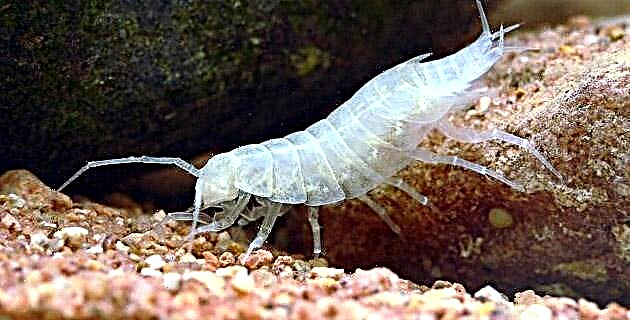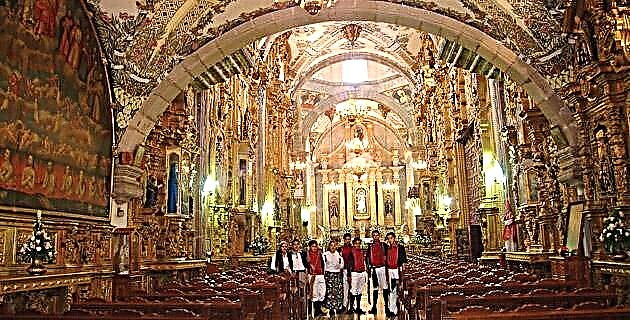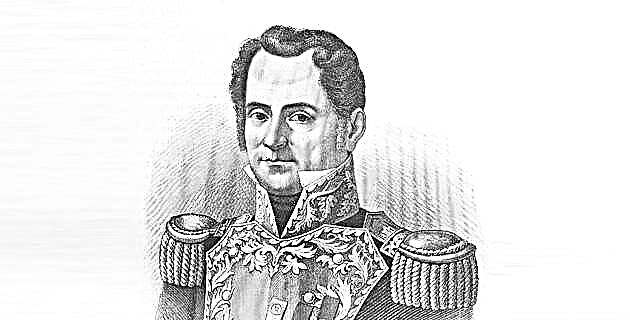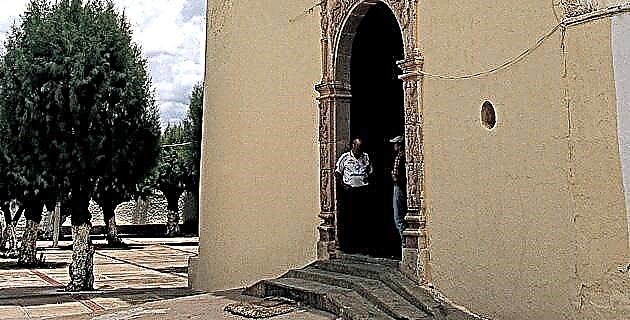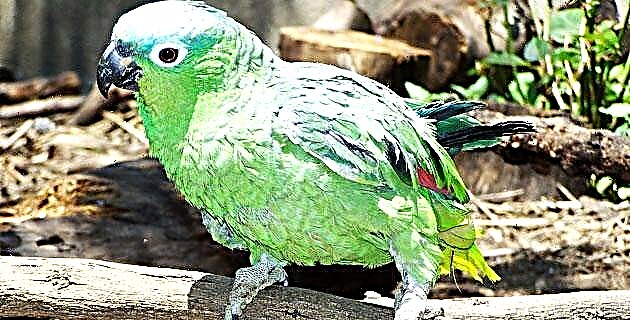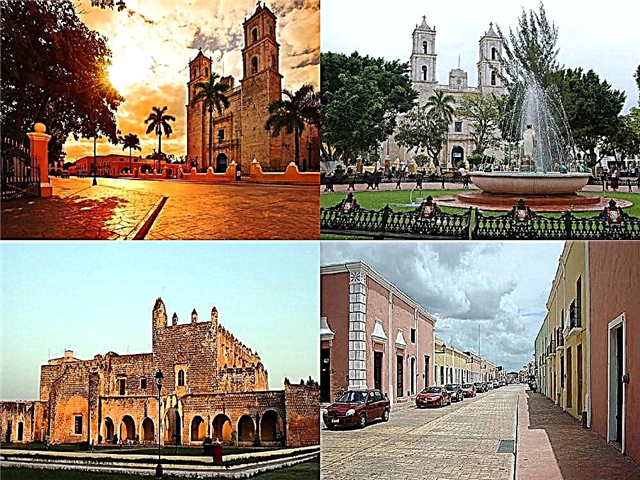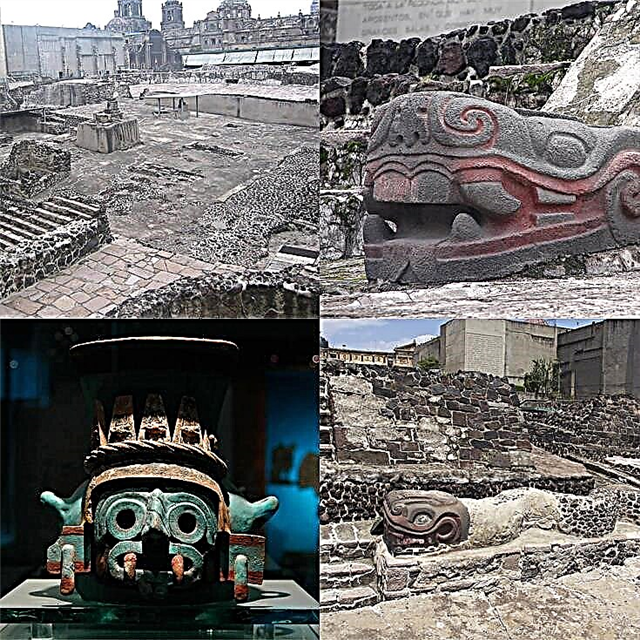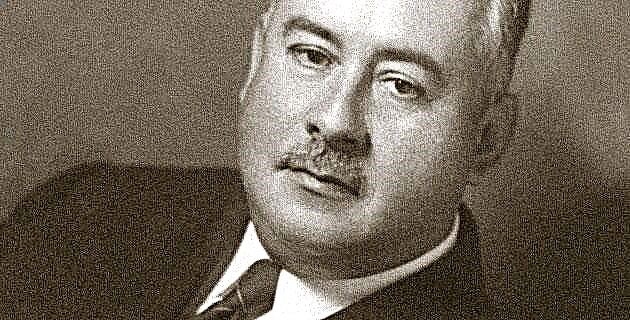
Manuel Toussaint's fame is mainly due to his monumental, unparalleled contributions to research and interpretation of the history of Mexican art.
In this field that transcended the national border, it left a wide and rigorous collection of books, essays and articles, as well as suggestions and motivations where studies from before and now concur as support for everything that implies or is related to architecture, With ethnology , with folklore and with the visual arts of our past and our present.
However, for many to refer to Manuel Toussaint as a man of letters would imply surprise and not a certain distrust, but the undoubted case is that the author of El arte colonial en México was a poet, narrator, essayist and literary critic of vast production. Moreover, Manuel Toussaint began to enter the paths of culture through literature, which little by little without abandoning it completely gave way, became opaque to specify that other definitive and missionary vocation. It would be enough to remember that Manuel Toussaint is also a young professor of Spanish literature at the National Preparatory School.
Generationally, Manuel Toussaint, born in 1890, joins that transcendent group of intellectuals together with Alfonso Reyes (1889), Artemio de Valle-Arizpe (1888), Julio Torri (1889), Francisco González Guerrero (1887), Genaro Estrada ( 1887), and the Zacatecan poet Ramón López Velarde (1888), and like them, began to become known in the literary environment around the early years of this century. An intimately nationalist, anti-noisy pleiad that sought already in the nostalgia of the colonial past, already in the contemporary palpitation, an affirmative assessment, a need to develop, grow its emotions through the national history, of culture as self-determining knowledge.
They were men who became magnificently cultured by their roots, by a passion to discover the familiarity of things, of environments, of the events that historically constitute and at the same time give presence of the Mexican being. More than theoretical, more than conceptual collaborators, they were joyous lovers.
As a writer, Manuel Toussaint ventured into criticism with essays, prologues and bibliographic notes, with a not stingy poetic production, with narrations and a novel of a children's nature, with chronicles and impressions of trips to the interior of the country and abroad and with certain texts by philosophical, thoughtful intention. He was also a translator and sometimes used the drawing that came from his own imagination to illustrate his literary work.
The six years from 1914 to 1920 are the most ardent period in Manuel Toussaint's literary vocation. A stage that, to a lesser degree, also shared his preferences for criticism and art history and that from 1920 will come to the fore in his interest, although he will not stop frequenting, always being passionate about letters.
If it were necessary to determine with greater or less precision the most critical time in which Manuel Toussaint manifests his attachment to the literary taste, it would be in 1917 and around the founding of the weekly magazine Pegaso, directed by Enrique González Martínez, Efrén Rebolledo and Ramón López Velarde. In it Manuel Toussaint appears along with Jesús Urueta, Genaro Estrada, Antonio Castro Leal and others no less famous on the editorial committee.
A vocation that not by tenacious curtailed sensitivity, which came to round off a style and a poetics of simple tones, balanced, without violent ruptures, which can be registered and shared, or rather enter naturally next to the work and the presence of many other writers, makers of our historical literary process.

